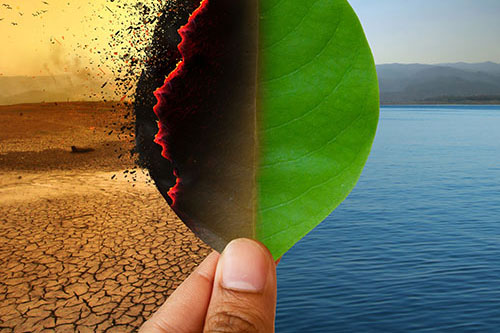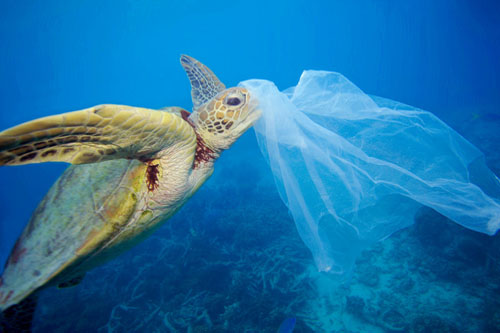OUR STORY OVER THE YEARS
For the past five decades, we are on a mission to protect critical species and eco-regions of national and global importance. Additionally, we recognise more significant conservation issues that affect the overall biodiversity of our country. Our work could not be possible without our strong collaboration with the Government, local communities, state forest departments, and various conservation partners. Over the years, these collective efforts have resulted in a remarkable increase in protecting many priority species and their critical habitats.

Saving Tigers - A Global Success Story
In the early 1970’s, WWF India began its tiger conservation journey by supporting Project Tiger - Govt. Of India’s first-ever tiger conservation programme. Two decades later, we initiated a focused Tiger Conservation Programme. Presently, we work across six critical tiger landscapes. These include the Terai Arc, Sundarbans, Central India, Brahmaputra, Western Ghats – Nilgiris, and Western India Tiger Landscapes.

Saving our Rivers & Wetlands
Freshwater environments include rivers, lakes, wetlands, streams, and underground aquifers. These are crucial for the sustenance of life on the planet. WWF India's River for Life, Life for River programme ensures the ecological integrity of rivers and their associated ecosystems and sustainable water management.

Mitigating Climate Change
Climate change is the most significant environmental crisis of our time. Many species will face extinction due to global warming. WWF India is working to generate awareness about clean and efficient energy solutions, climate innovations, and mobilizing communities to come together and take collective action reversing climate change.

Conserving Marine Ecosystems
India is fortunate to have a vast coastline of more than 8,000 km. Today our oceans face many challenges. Some of these issues include growing levels of plastic pollution, industrial waste, unsustainable fishing, unregulated tourism, and unplanned coastal development. Our mission is focused on actions that will keep our oceans healthy by preventing marine and plastic pollution.



